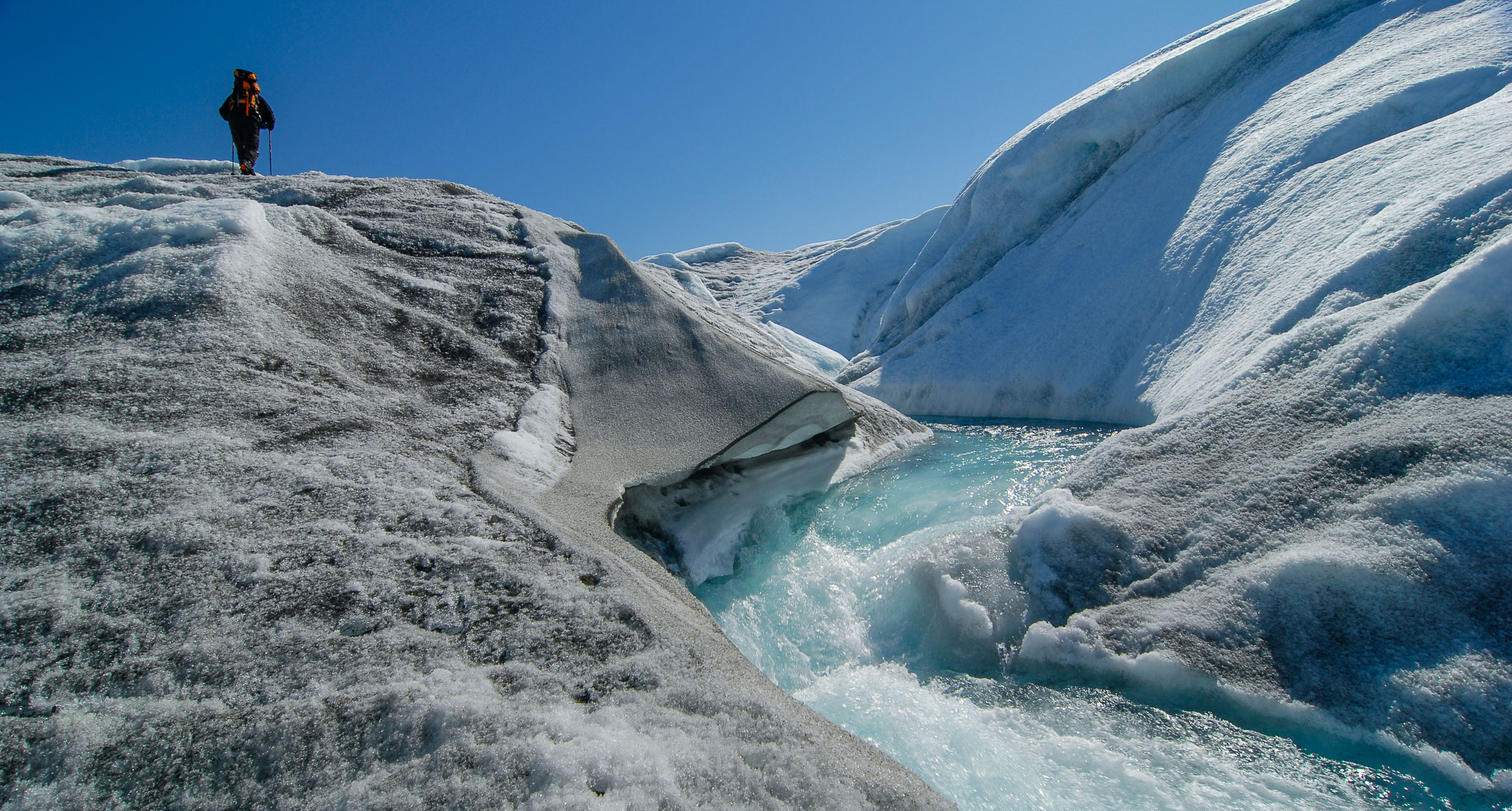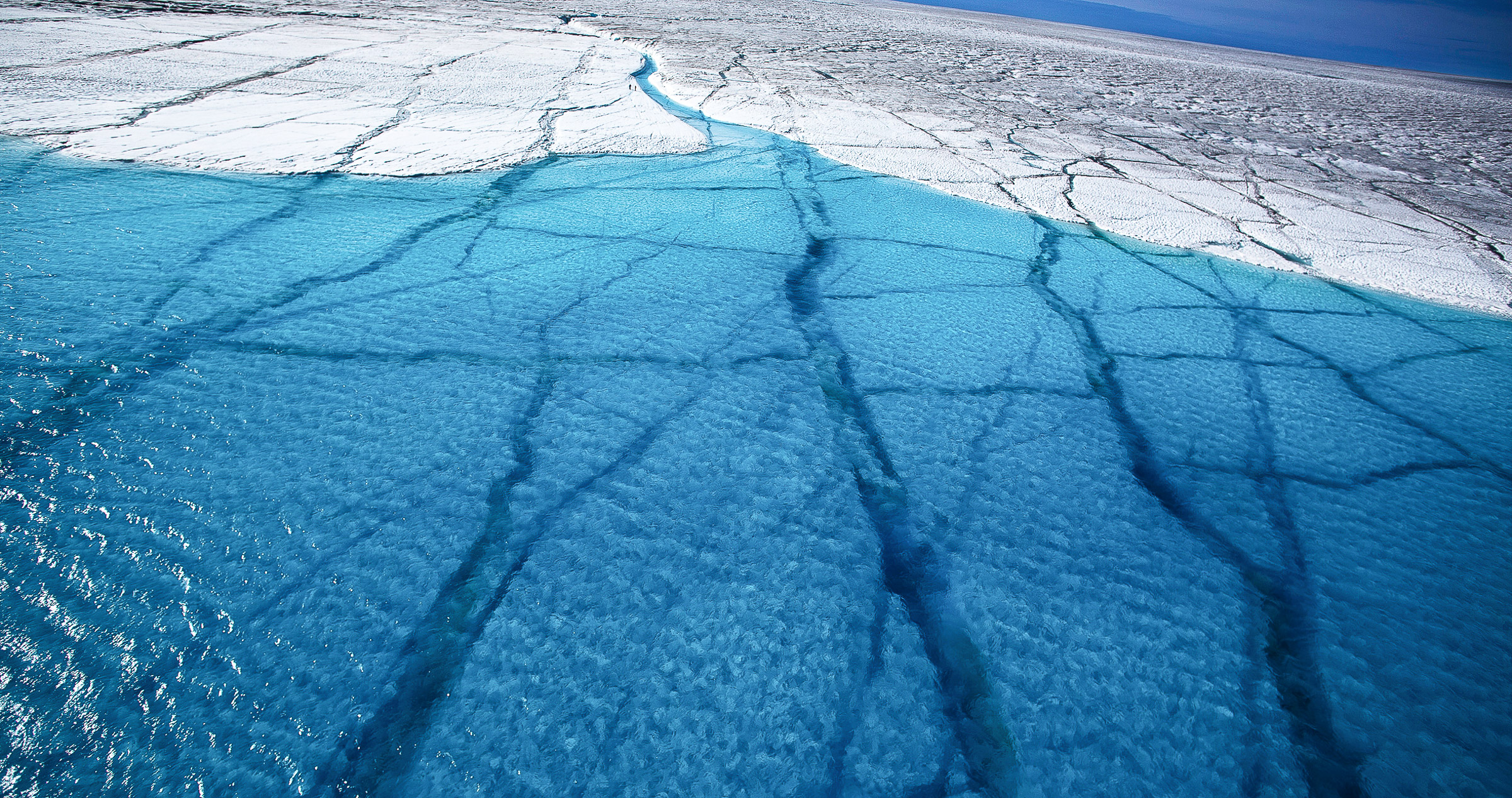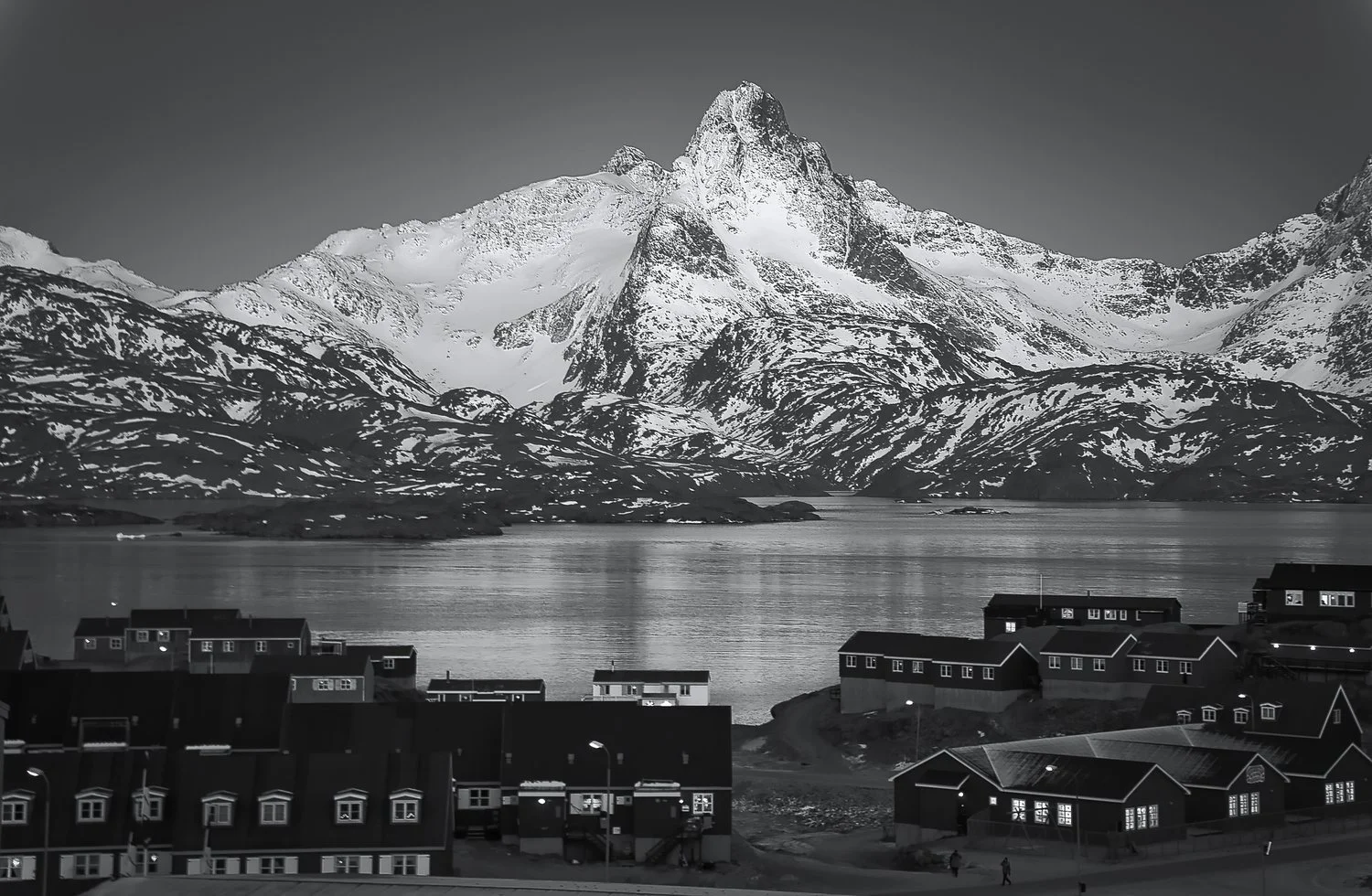Why Our Glaciers Are Melting - The Simple Truth
SCIENCE / CLIMATE CHANGE
Writer: Vilborg Einarsdottir
Photographs: Ragnar Axelsson, Kristjan Fridriksson
May 2019
Glaciers are important to life on earth. It is as simple as that. They are critical freshwater resources and they also impact sea level, surrounding air temperature and ground temperature, and can change the quality of water chemistry as they melt. In other words, glaciers play no small role in our existence.
But the majority of them is melting at an escalated rate because of conditions created by human activity. Global glacier melt is an effect of climate change and hardly a week goes by without more devastating news and more distressing statistics from world-leading scientists. JONAA took some basic questions about why glaciers melt to one such scientist; glaciologist, climate change specialist and polar explorer, Dr Paul Andrew Mayewski, Director of the Climate Institute of Maine and Professor at the University of Maine.
Melting glaciers. Is this true for glaciers in all regions of the world?
“Yes that is true for the vast majority of mountain glaciers throughout the world plus certainly the coastal portions of the large ice sheets, that is Antarctica and Greenland.”
When did this rapid melting of glaciers now become a real concern for scientists?
“Certainly by the 1980s the general retreat of glacier margins, notably in mountainous regions, was beginning to accelerate and scientists were just starting to record glacier extent. By the 1990s and to present it became obvious worldwide.”
Glaciologist, climate change specialist and polar-explorer, Dr Paul Andrew Mayewski, Director of the Climate Institute of Maine.
What is different now?
“Although glaciers have always fluctuated in size and shape ever since glaciers existed on earth, the causes have been similar – notably: relative position of Earth relative to the Sun, changes in solar output, volcanoes, greenhouse gas concentrations and aerosol loadings, such as black carbon and dusts,” says Mayewski.
“What is different today is that greenhouse gases are rising higher and faster than anything any time over at least the last 800,000 years and likely much longer. This greenhouse gas change is solely due to human activity: CO2 rise due to the burning of fossil fuels, ozone depletion due to ozone killing substances emitted by humans, and methane due to agricultural activities and now permafrost melting.”
Is there anywhere on earth where glaciers are not melting?
“Although relatively rare, yes, there are a few places where glaciers are not melting. Places where temperatures are not warming and where more precipitation in the form of snow is falling. Examples of this would be the windward slopes of coastal mountains where cool ocean currents exist, such as small parts off the east coast of the southern Andes in South America and bits off the east coast of New Zealand. Albeit rare relatively and exceptions as to what is happening to the majority of the world’s glaciers.”
“Realistically for glacier melt to slow or stop, there is only one way to make that happen and that would be to return temperatures to pre-massive melt times, which means several decades ago.”
To clarify, what is a glacier and how does it form?
“The simple definition of a glacier is that it is a mass of ice, thick enough to deform and therefore flow under its own weight. This typically means >20-50m thick ice,” says Mayewski. “Glaciers are formed by accumulated snow under conditions in which enough snow lasts throughout the year to gradually allow build-up. With time snow accumulates sufficiently and gets old enough to turn into ice.”
“Then we have different types of glaciers, the basic ones being mountain glaciers of which we have several forms, ice caps, like the glaciers we have in Iceland and then the two major ice sheets of the world, Antarctica and Greenland,” says Mayewski. “Greenland is one ice sheet but Antarctica, although all the ice is connected is considered as two parts, East and West Antarctica.”
What causes a glacier to melt?
“Glaciers melt for several reasons,” says Mayewski, listing the main reasons:
Increased air temperature leads to surface melt.
Increased surface melt allows flowing water to travel deeper into the ice causing more melt. And upon freezing if the melt flows into weak areas like crevasses the freezing ice expands and further weakens glaciers particularly at their margins.
Warm seawater melts edges and undersides of glaciers that flow into the ocean
Increase in sea level in response to melting glaciers allows coastal edges of glaciers entering the ocean to float more easily and therefore lose some contact with their beds, so they move forward, more of the edge floats and they then break off.
Increased warming makes glaciers less stiff so they flow more easily.
If precipitation falls as rain rather than snow, as in a warmer climate, the warm rain melts ice
Dark substances like black carbon change the albedo, that is the reflectivity of incoming solar radiation, so that the glaciers go from being light colored and thus reflective, to a darker color which absorbs incoming solar radiation and that results in increasing melting.
Do all glaciers melt for the same reasons or in the same way?
“In general, yes. But places, where glaciers are closer to sea level are more susceptible and places with more black carbon or other dark surface formers are most susceptible.”
Is there a difference between an "old" glacier and a "young" glacier as to how they melt?
“Glaciers have been coming and going for aeons and there is a great age difference between the glaciers we have today in the world. To simplify the difference between old and young glaciers one can say that chemically they have different compositions depending on the chemistry of the atmosphere when the snow fell. In addition, young ice contains air bubbles and very old ice has the air pushed into the ice molecules. When very old ice melts the bubbles reappear as pressure is released. Old ice can tend to be more brittle under some conditions. There are also other differences. But in view of how they melt the rule is that the less dense the glacier is, the faster it melts. The less white the ice is, the faster it melts.”
We know about glaciers at the South Pole and the North Pole. But then there is the often-mentioned Third Pole. Where is that?
“The Third Pole is the Tibetan Plateau including the Himalayas. This region contains approximately 15,000 glaciers.”
Is there a difference between how glaciers are melting at the South Pole, the North Pole and the Third Pole?
”Yes, the glaciers in the Third Pole region are melting because they are surrounded by darker continental surfaces that absorb incoming solar radiation plus southerly, warmer air masses are moving farther north in addition to overall warming over Asia,” Mayewski explains.
”Greenland and Antarctic ice sheet melt impacts sea level rise, temperature and salinity in adjacent waters and ecosystems.
Third Pole glacier melt impacts ~20-25% of Earth’s population and vast ecosystem complexes since this region is the “water tower” for southern Asia providing water for human and ecosystem consumption, agriculture, power and so forth.”
Melted surface ice finds its way as water into a glacier through cracks and crevasses, weakening the ice and accelerating glacier retreat. Photographed in Greenland. JONAA©Kristjan Fridriksson
Finally, can we regain glaciers that are melting?
“Realistically no. There are ideas to cover glaciers but this might help tiny surfaces of a few acres. Greenhouse mitigation would certainly help to prevent further enhanced loss,” says Mayewski.
“Realistically for glacier melt to slow or stop, there is only one way to make that happen and that would be to return temperatures to pre-massive melt times, which means several decades ago.”
“Concerning predictions on glacier melt, snow cover, temperatures and other environmental changes based on different scenarios, I would like to point interested readers, scientists, journalists and students to the Climate Reanalyzer page which is run by the Climate Institute and the University of Maine.”
“The Climate Reanalyzer software allows for the creation of different maps, like for instance these examples above, which show projections for mass balance or snow cover and potential biomes under conditions of -6 degrees Celcius to +4 degrees Celcius relative to today assuming max CO2 emission models from the IPCC.
On the page, it is explained how the maps are generated and I urge people working on these issues, writing about them or studying to make use of this incredibly helpful tool,” says Dr Paul Mayewski. ▢
Vilborg Einarsdottir is the Editor-in-Chief of JONAA, the Journal of the North Atlantic & Arctic and a JONAA partner & founder. Formally a journalist for 12 years at Morgunblaðið in Iceland, she has worked since 1996 as a specialised producer of film, photography and media productions on extreme locations in Arctic Greenland and as a cultural producer in the Nordic-Arctic region. She is an awarded film and documentary scriptwriter, experienced project manager, speaker and editor of photography books from the Arctic.




















